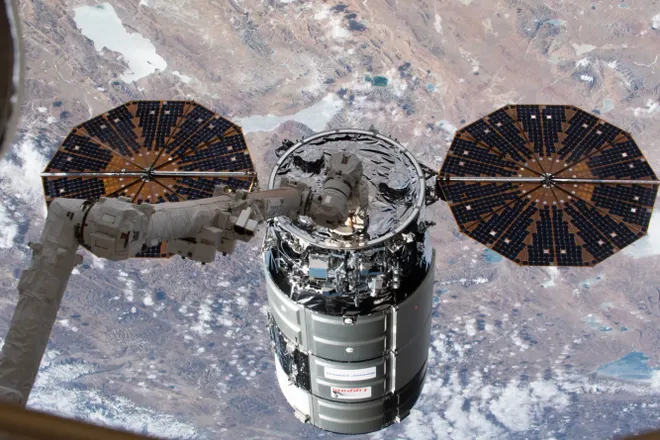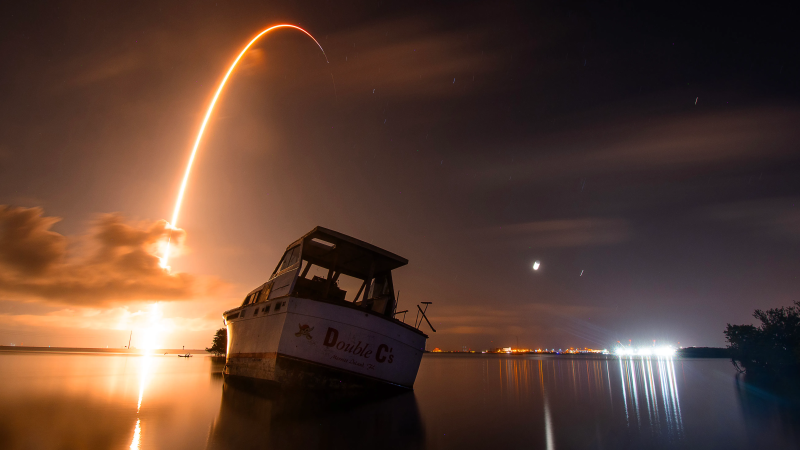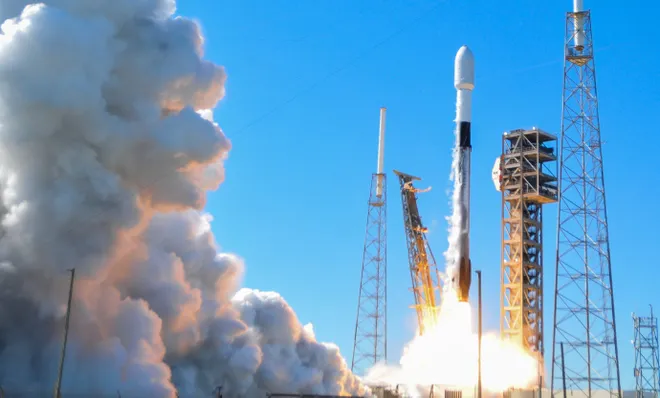Northrop Grumman launch to ISS for resupply mission scrubbed due to weather
Update: The mission has been scrubbed due to weather, NASA announced. Teams are targeting no earlier than 11:02 a.m. EDT Sunday, Aug. 4 for the next launch opportunity.
A cache of scientific equipment will make its way to the International Space Station when a rocket launches Saturday on a crucial NASA resupply mission.
The launch marks the 21st commercial services mission using a spacecraft manufactured by Virginia aeronautics and defense company Northrop Grumman on behalf of the U.S. space agency. The company's Cygnus craft will hitch a ride into orbit on a SpaceX Falcon 9 rocket.
Here's how to watch the launch live and what to know about the resupply mission.

Outer space news:Saturn throws comet out of solar system at 6,700 mph
Watch livestream of Northrop Grumman launch
The Northrop Grumman Cygnus spacecraft, which will be carried on the SpaceX Falcon 9 rocket, will launch at 11:29 a.m. EDT Saturday from Florida's Canaveral Space Force Station, located just south of NASA's Kennedy Space Center.
The spacecraft is ultimately bound for the International Space Station's orbital laboratory.
NASA’s live launch coverage will begin at 11:10 a.m. on NASA+, NASA Television, the NASA app, the space agency's YouTube channel and the agency’s website.
The livestream can be found here:
NASA's online coverage will also include blog updates in addition to the live webcast.
You can also follow live coverage of the launch from Florida Today, part of the USA TODAY network.
NASA will then provide coverage beginning at 2:30 a.m. Monday when the Cygnus spacecraft is expected to arrive at the space station. The livestream should provide viewers with a sight of NASA astronauts Matthew Dominick and Jeanette Epps capturing Cygnus using the station’s robotic arm and installing it on the Earth-facing port of the station's Unity module, where the crew lives and works.

What supplies are aboard the Cygnus?
The Cygnus spacecraft is filled with nearly 8,200 pounds of supplies, hardware and other critical materials for dozens of scientific and research experiments, according to NASA.

That includes tests for water recovery technology and supplies needed for a process to produce blood and immune stem cells in microgravity. Also included in the payload are materials to study the effects of spaceflight on engineered liver tissue and microorganism DNA, NASA said.
The Cygnus will also provide the space station crew with a balloon, penny and hexnut for a new STEM demonstration on centripetal force for students.
The Cygnus spacecraft is scheduled to spend nearly six months at the space station before it departs in January, when it will burn up in the Earth's atmosphere. Cygnus also is equipped with the capability to reboost the station’s orbit if need be.
Eric Lagatta covers breaking and trending news for USA TODAY. Reach him at elagatta@gannett.com
Disclaimer: The copyright of this article belongs to the original author. Reposting this article is solely for the purpose of information dissemination and does not constitute any investment advice. If there is any infringement, please contact us immediately. We will make corrections or deletions as necessary. Thank you.




